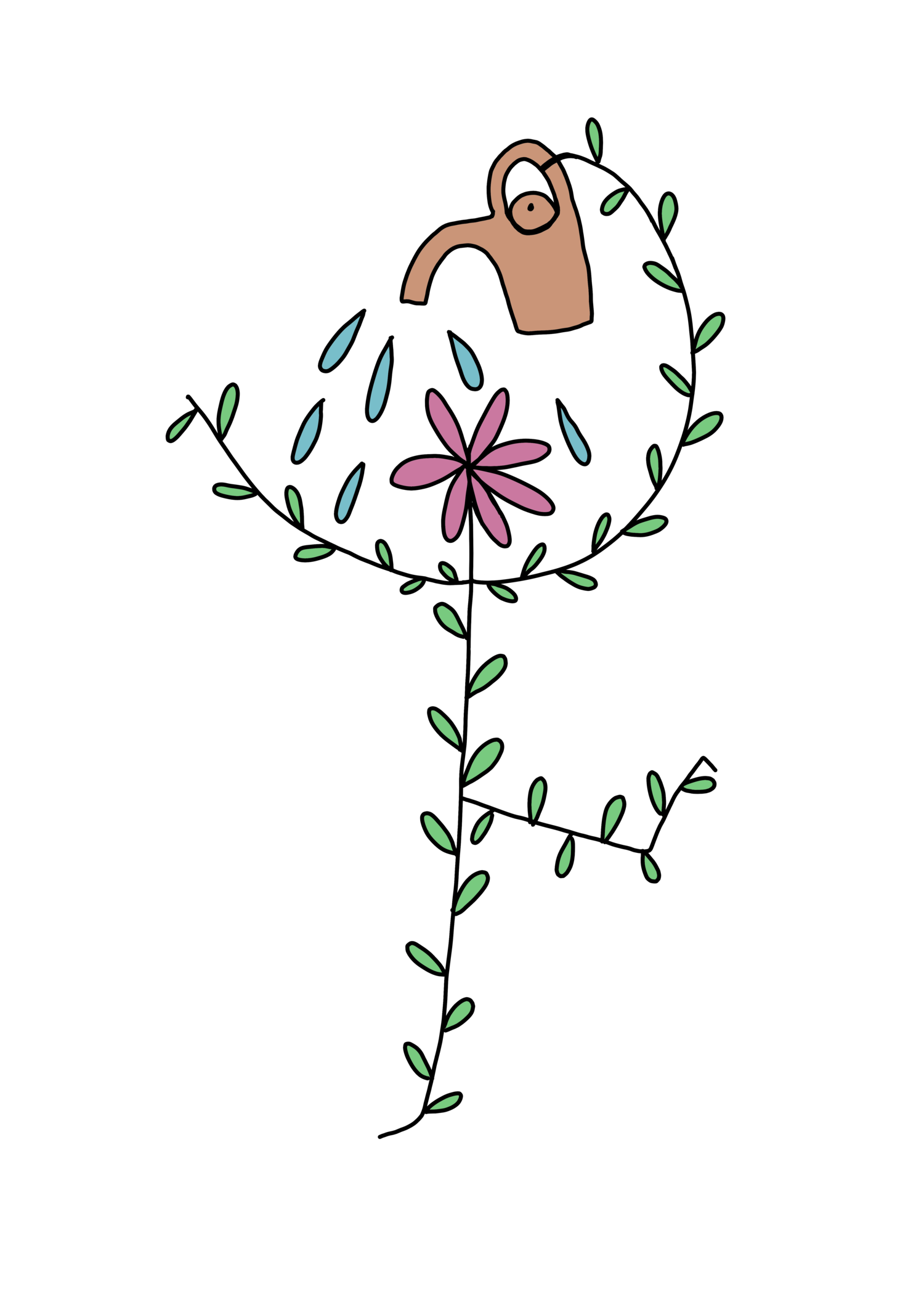More-than-human beauty can improve our wellbeing.
More-than-human beauty can improve our wellbeing.
In my recent Instagram Live with Emma Radway-Bright (see here) I shared an exercise from my Wild and Wellbeing Card Deck that includes smelling a flower, part of the exercise is to take time to look at the colours, shapes, textures, the beauty of the flower.
In the conversation I mentioned reading various studies about the benefits of taking time to notice beauty in more-than-human nature.
A study by Zhang et al (2014) showed that perceiving nature's beauty was a significant indicator for life satisfaction. They found that Well-being was higher for people that connect to nature and perceived natural beauty.
The tendency to perceive natural beauty positively affected prosociality and greater helping behaviors.
In the conversation with Emma, I mentioned something I read by Sue Stuart-Smith, “In the work of the Lemon Tree Trust who create gardens in refugee camps in Syria and other conflict zones. And what they found is that 70% of the seeds that the refugees want to grow are flowers because the need for beauty is so great and they do need food as well. It's not as if it's really an in like ample enough food or variety of food, but it's a striking statistic that two thirds of what they want to grow is for colour and beauty”
Freud (in Strachey Norton, 1961, pp. 29-30) described how “aesthetic attitude to the goal of life offers little protection against the threat of suffering, but it can compensate for a great deal. The enjoyment of beauty has a peculiar, mildly intoxication quality of feeling. Beauty has no obvious use; nor is there any clear cultural necessity for it. Yet civilization could not do without it”.
So, it might be useful to experiment with including noticing more-than-human beauty and how it feels for you.
